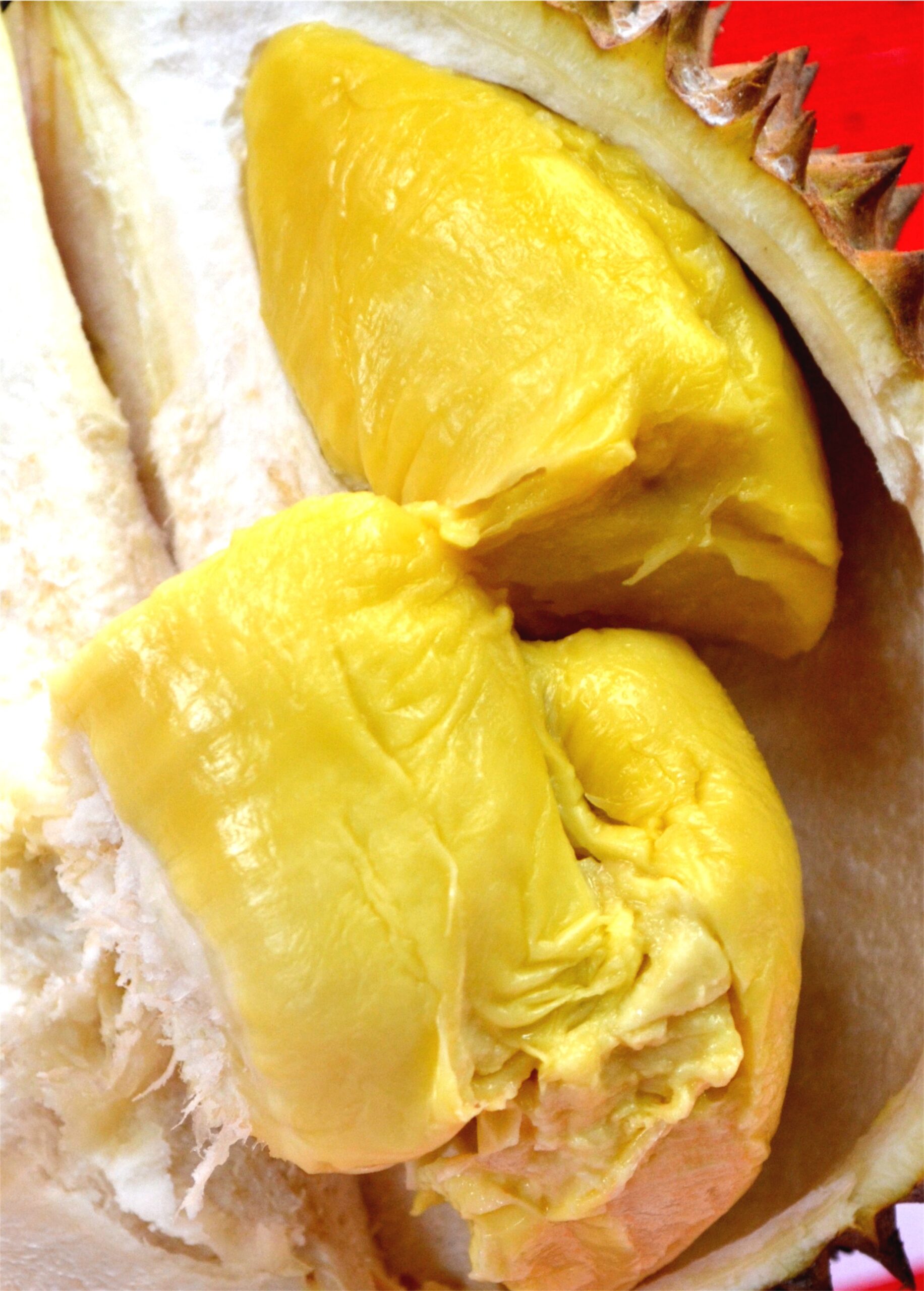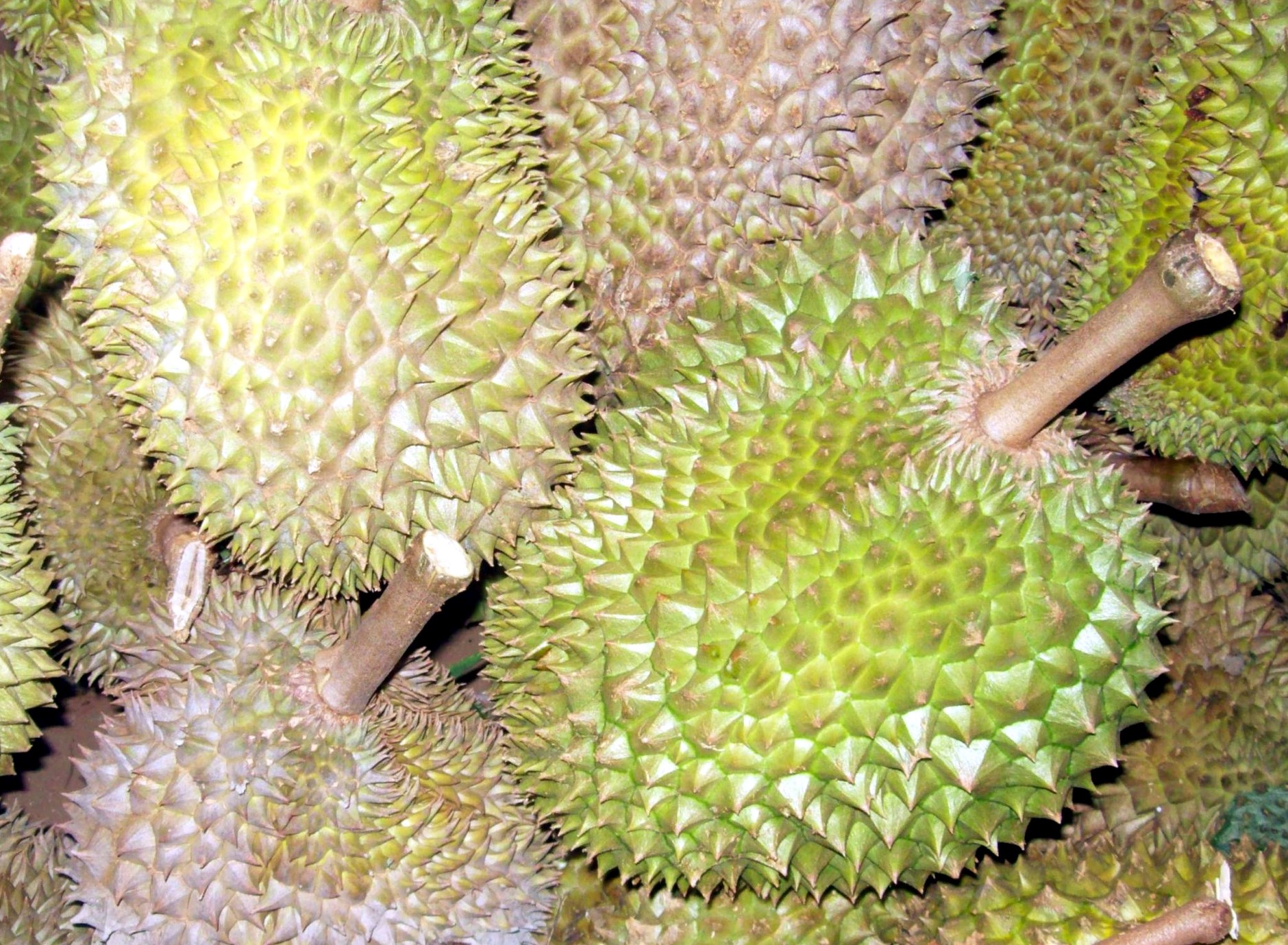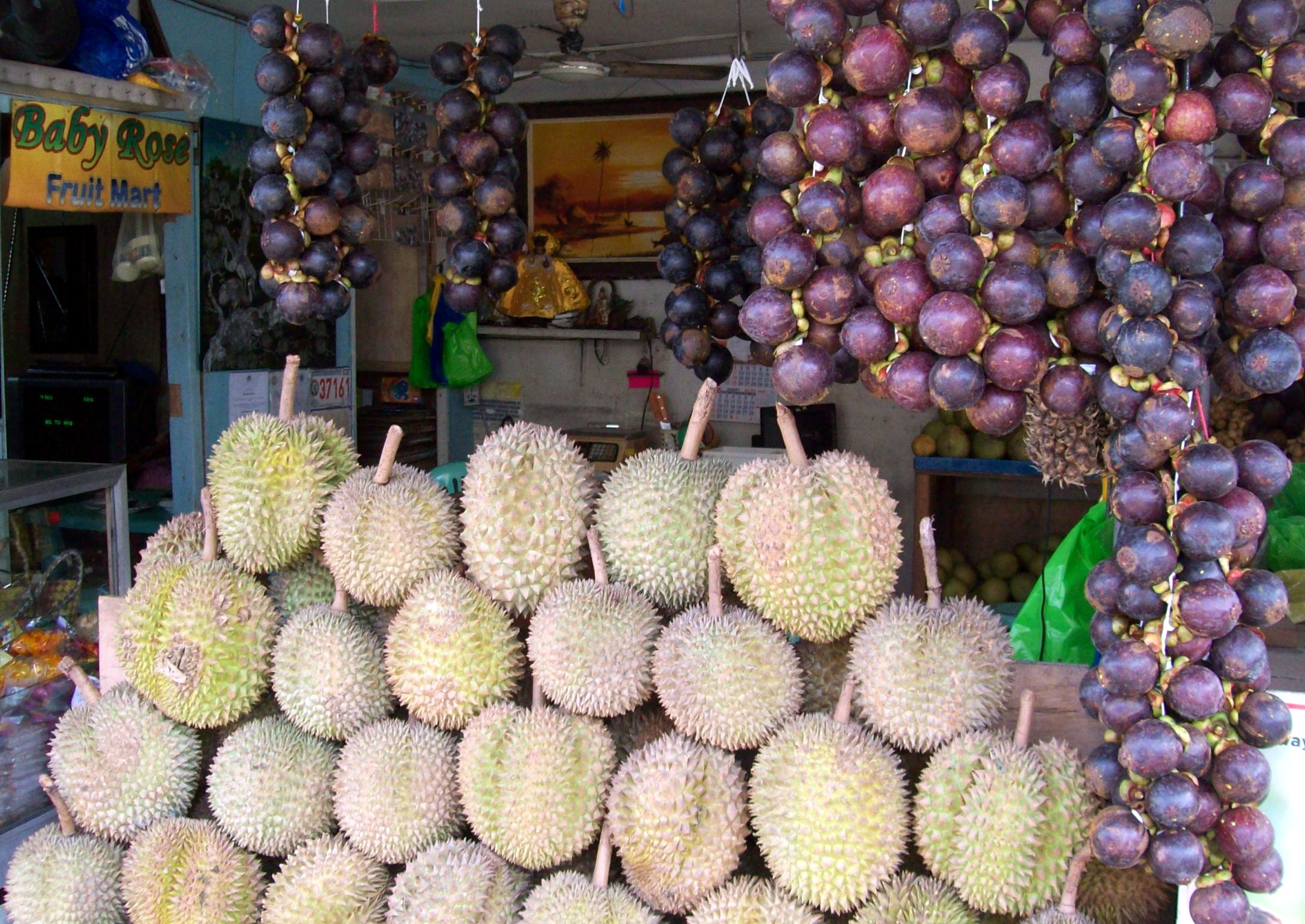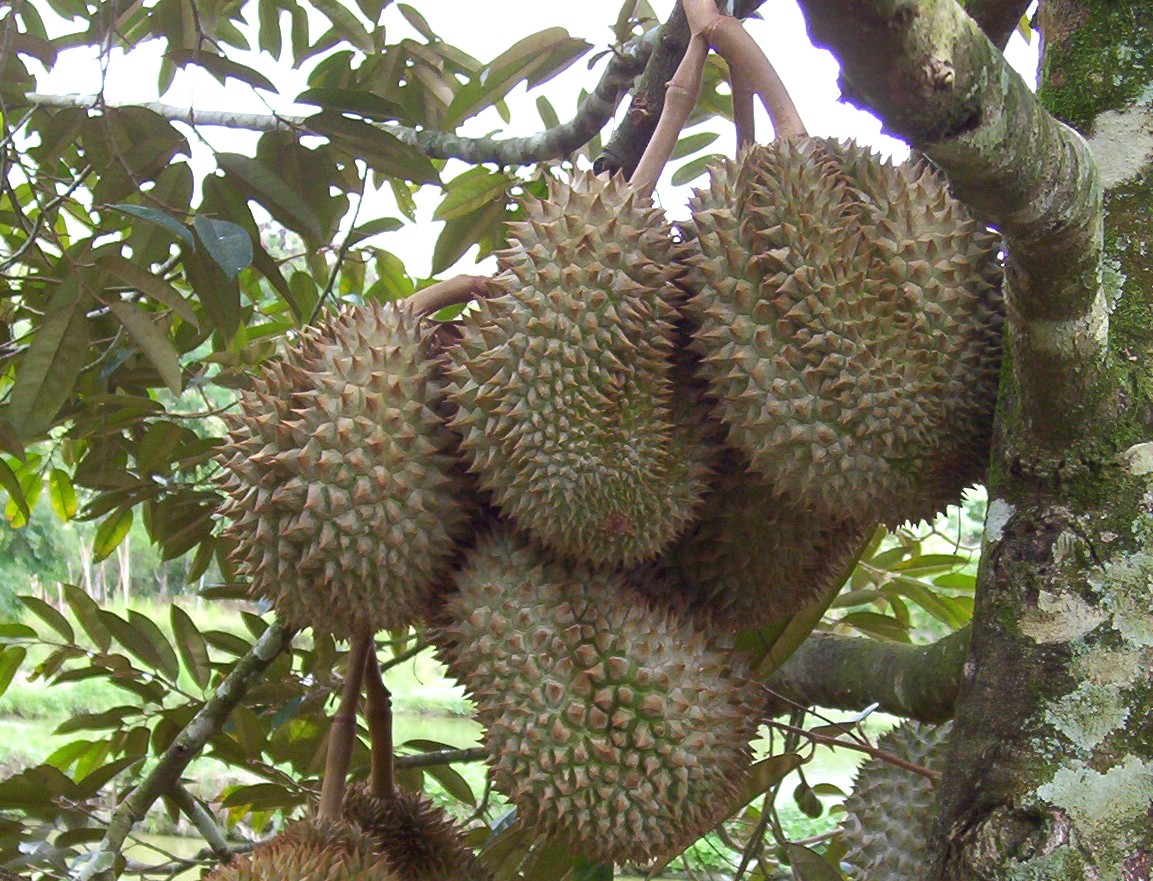Text and Photos by Henrylito D. Tacio
Right after eating the edible flesh of durian fruit, we usually throw away the thorny rind. But there’s a good news. Those rinds can be used supposedly as a natural preservative.
A report from the Philippine News Agency (PNA) said that the University of Southeastern Philippines (USEP) has received funding approval from the regional office Department of Science of Technology for the research.
According to Prof. Judee Nogodula, “the study aims to use the fruit’s rinds as natural bio-preservatives by isolating bacteriocinogenic Lactic Acid Bacteria (LAB) and extracting bacteriocin from fermenting durian rind.”
“This research also aims to provide future solutions to food safety issues,” said Prof. Nogodula, head of the USEP College of Arts and Sciences Research and study leader of the project, which received P900,000 from DOST-11.
This is a welcome news since durian rinds become after eating the edible flesh. And Davao region will definitely benefit from the study as most of the durians are grown here. Now that Kadayawan sa Dabaw is fast approaching expect durian invading the street walks and market stalls in the city.
Davao Region is considered a durian republic. “Most foreigners who come here are surprised to know that durian thrives well in this part of the world,” commented Ian Ogatis, farm manager of the Mindanao Baptist Rural Life Center (MBRLC).
Yes, durian (scientific name: Durio zibethinus) abounds in Davao, especially in this time of the year. “If Davao can be compared to a fruit, then durian would be more likely it,” said Brad Eivens, an American who has lived in the country for more than a decade now.
Eivens is not the only American who’s a durian enthusiast. Before him, there was Harold Watson, a recipient of the Ramon Magsaysay Award for international understanding in 1985. Two others who loved eating durian were Jeff Palmer and the late Ben Wolf.
When people talk about durian, they always focus on its odor. Most foreigners think durian stinks. But to most Filipinos, its fragrance can be compared to that of a perfume. “It smells like hell and tastes like heaven” is how some Westerners described the fruit.
Most airlines won’t allow it on board. Singapore, so orderly that it bans chewing gum, bars durians from its subway stations and trains.



The taste and odor of the fruit defies description. One Thai fan wrote: “The rich brimstone musk, whispering of depravity and month-old eggs… durian is to fruit what limburger is to cheese and pornography is to literature.”
British novelist Anthony Burgess told of “the fetid exciting reek like eating a sweet raspberry blancmange in the lavatory.”
English writer Somerset Maugham compares the fruit to “a combination of cornflower, rotten cheese, nectarines, crushed filbert (hazel nuts), a dash of pineapple, a spoonful of old dry sherry, thick cream, apricot pulp and soupcorn of garlic, all reduced to the consistency of a thick custard.”
In his dairy, the 19th-century British naturalist Alfred Russel Wallace wrote that his journey to the East was worth it, “if only to taste of durian fruit.”
One world-renowned historian declared: “To those who are used to it, the durian fruit seems to smell like rotten onions, but after they have tasted it, they prefer it to all other fruits.”
Now, listen to the words of Jose Madera, who had his first taste of durian recently: “Its flavor was indescribably rich and sweet, and I enjoyed it at the moment. But like other strongly flavored foods, such as raw onions for example, its odor returned to plague me.”
“Durians have an unfair reputation,” observed one Filipina who is married to an American. “My husband, for example, can stand the taste, but not the smell. It’s easier to introduce durians to children. Adults are prejudiced.”
The durian fruit is a good source of carbohydrates, fats, vitamins, and some protein. The ripe pulp is usually eaten fresh by most people. The pulp can also be made into jam, preserve (often packed like long sausages), candies, and other sweets, or used as ice cream flavoring. On the other hand, the unripe or half-ripe pulp may be used in making soup.
Unknown to many, the seeds of durian are roasted, cut into slices and fried in spiced coconut oil to be eaten with rice or covered with sugar and consumed as a sweetmeat in Indonesia.
Meanwhile, here’s a timely tip to people who would like to eat durian. After eating, put some water into the empty durian shell and wash your hands in it. This removes the smell. Try anything else – detergents, deodorant, or whatever – the smell will remain just as pungent.
On the other hand, a novice eating durian should consult an expert before opening the fruit. Otherwise, he would only mess things up by wounding it, or worse, hurting himself with the sharp spikes.
The durian tree belongs to the family of Bombacaceae. In his book Underexploited Tropical Plants with Promising Economic Value, Dr. Roberto E. Coronel wrote: “The durian was probably introduced into the Philippines during its early trading with neighboring countries. Up to now, it still grows wild in many places in Mindanao and is particularly abundant from Davao to the lake region of Agusan and the Sulu Archipelago.”

